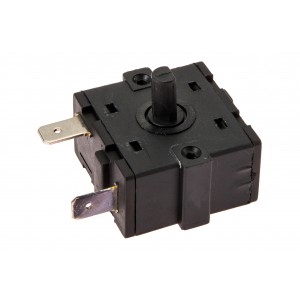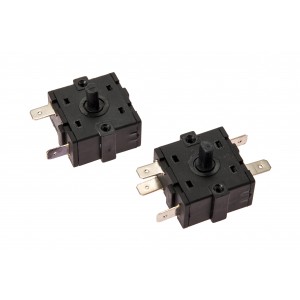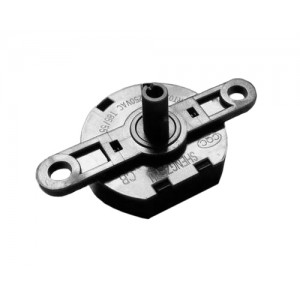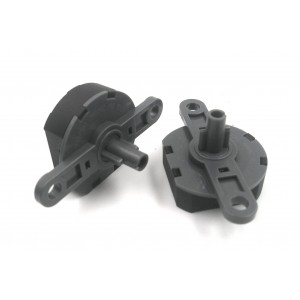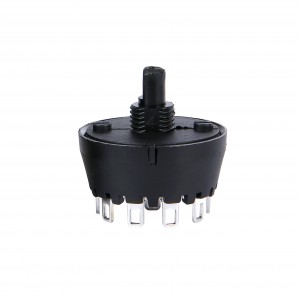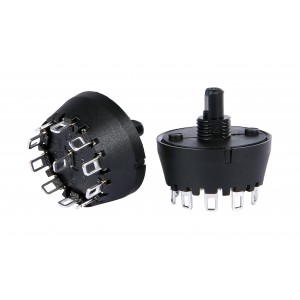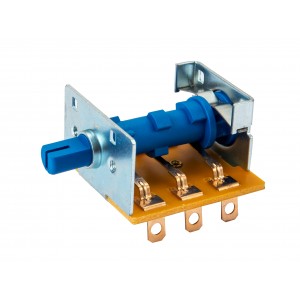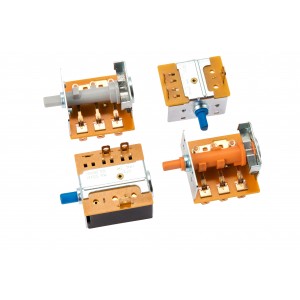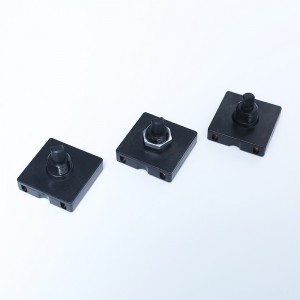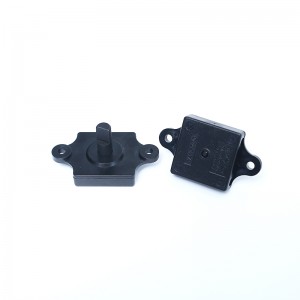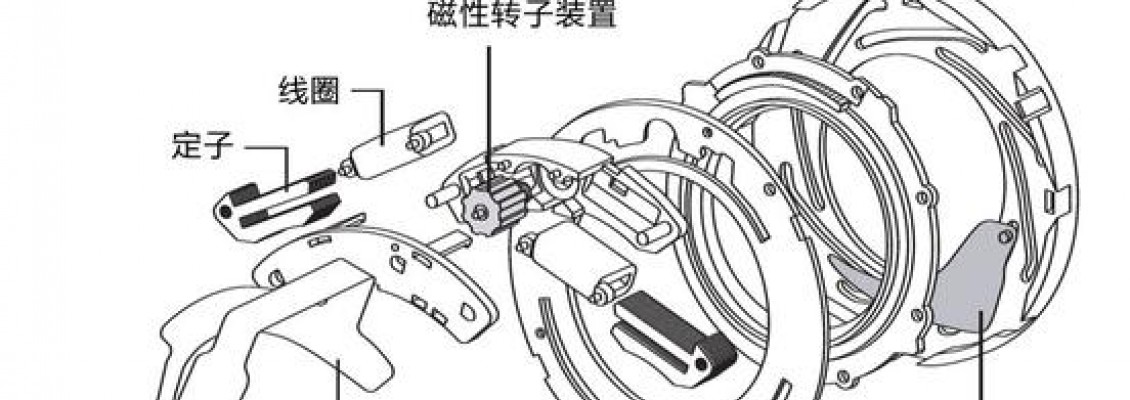
Application and structural features of rotary
switch
Rotary switch can be seen almost everywhere in our
life. It is widely used. It can be seen in electronic equipment and kitchen and
bathroom products. Take the most basic faucet switch, which is a rotary design.
It can be turned on and off through rotation, and even control the size. Many
people will ignore this small switch, so today Xiaobian will take you to
understand the purpose and structural characteristics of the rotary switch.
Let's take a look at the brief introduction and analysis of the rotary switch.
Application and structural features of rotary switch
1. Purpose
Rotary switch has many uses. Its rotating area has a certain range limit, which is mainly the role of resistance value in changing contact switch. For example, the channel and volume adjustment of traditional black-and-white TV is realized by rotating the switch; The gear control of the electric fan is a rotary switch. There are several groups of outgoing lines inside. The speed of different gears can be changed by changing the number of coils around the resistance of the early fan; The washing, dehydration and other functions of the washing machine are also mostly controlled by rotating switches.
2. Features
There are two types of rotary switch structures, namely MBB contact type and BBM contact type. MBB contact type is that the moving contact is in contact with the front and rear contacts during transposition. During transposition, the front contact is disconnected to maintain contact with the rear contact; When the BBM contact type is transposed, the moving contact will first disconnect the front contact and then connect the rear contact. The state at that moment in the conversion process is disconnected from both the front and rear contacts.

